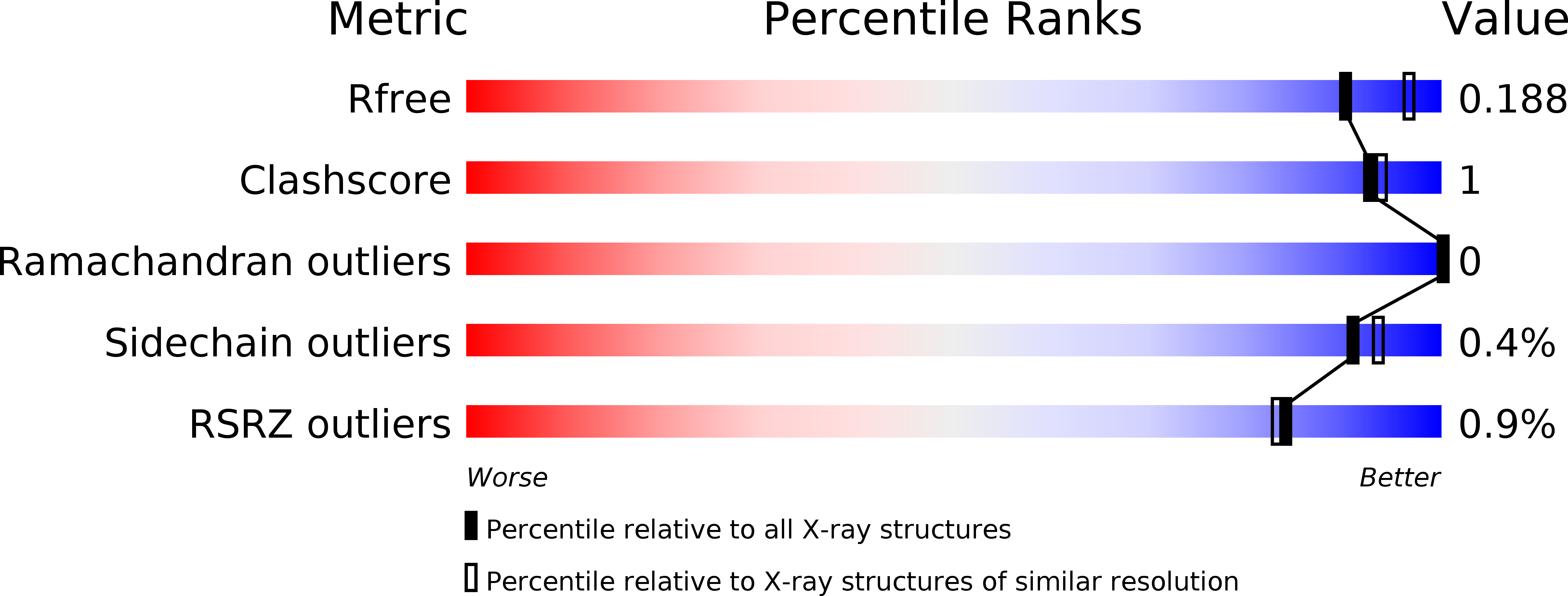
Deposition Date
2014-05-26
Release Date
2014-11-19
Last Version Date
2023-09-20
Entry Detail
PDB ID:
4QH0
Keywords:
Title:
Crystal structure of NucA from Streptococcus agalactiae with magnesium ion bound
Biological Source:
Source Organism:
Streptococcus agalactiae ILRI112 (Taxon ID: 1318615)
Host Organism:
Method Details:
Experimental Method:
Resolution:
2.00 Å
R-Value Free:
0.19
R-Value Work:
0.15
R-Value Observed:
0.15
Space Group:
P 63


